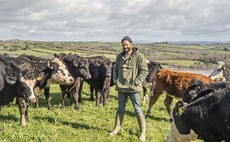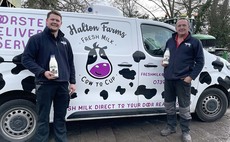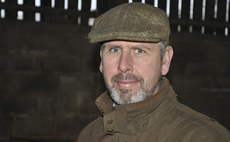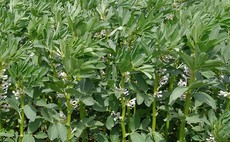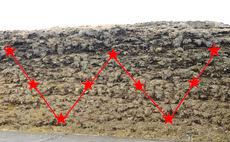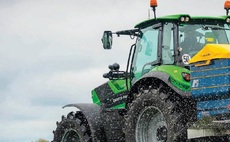Grassland
Livestock
A growing number of farmers in Northern Ireland are moving towards autumn- and winter-calving as a way pf maximising milk from grazed grass, particularly at the end of the cow’s lactation. Richard Halleron speaks to a farmer who is doing just that.
Dairy
How you seal your silage clamp can have a huge effect on the speed and efficiency of the clamp-filling process, the quality of forage ultimately produced and the labour hours needed to maintain it once it is opened for feed-out.
Livestock
The five-year Farm Net Zero project aims to investigate the contribution agriculture can make to achieve the net zero target. Rebecca Jordan visits one of the farms taking part.
Livestock
With a target of keeping clamped silage losses to below 5 per cent, the Halton family has assessed all aspects of silage making from cutting to clamping.
Arable
Good silage will be key to making the most of good milk prices in the face of high fertiliser and feed costs.
Livestock
With input costs skyrocketing, looking at alternative home-grown protein sources could help bolster ruminant rations while reducing the reliance on purchased feeds. Farmers Guardian reports.
Livestock
Inaccurate silage sampling can result in reduced performance and higher feed costs according to Dr Liz Homer from Trouw Nutrition GB who urges dairy farmers to make sure the samples sent for analysis are representative of the whole face.
Livestock
Dairy farmers are constantly being urged to increase milk from forage, but the exact financial benefits of doing this are not always spelled out.
Livestock
Taking a targeted approach to the use of manures and slurries as part of a comprehensive nutrient management planning process is essential to keep input costs manageable.
Livestock
Ross Dilks, an agronomist with Agrii and a dairy farmer in Derbyshire, says although his clients have tried a variety of home-grown feed sources over recent years, his experience shows grass is consistently the most cost-effective way to feed dairy cows.

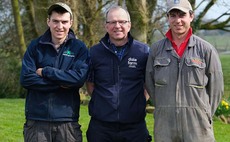
 29 April 2022
•
7 min read
29 April 2022
•
7 min read

